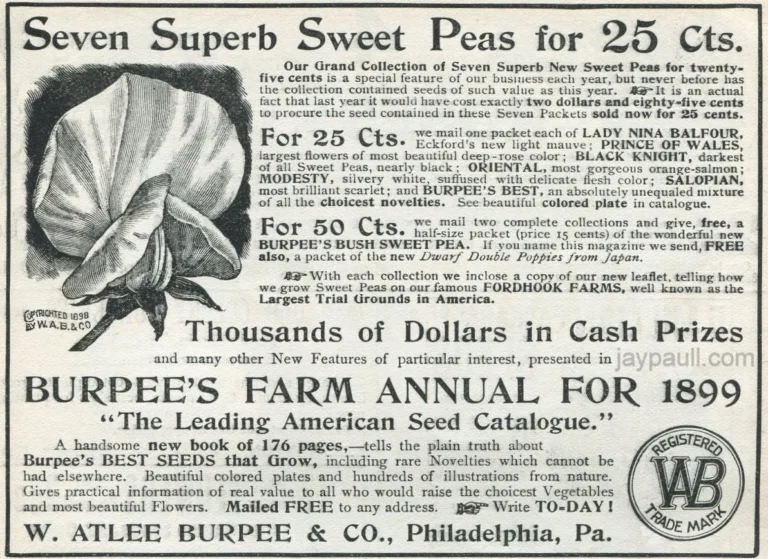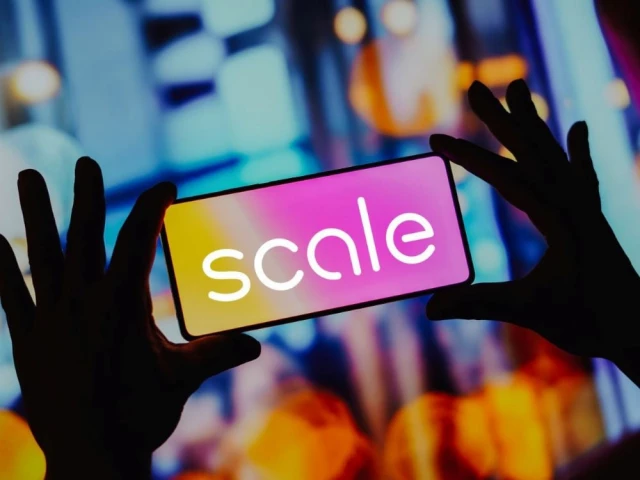
When Premiumization Fails: Lessons from New Coke and Juicero
It’s not all success stories. Some brands misjudged their timing or audience appetite for “premium.”
New Coke – The Classic Blunder
In 1985, Coca-Cola reformulated its iconic soda to compete with Pepsi and presented it as “New Coke.” The backlash was immediate. Consumers didn’t want a better Coke—they wanted their Coke.
What went wrong:
- The brand failed to read emotional attachment.
- It confused innovation with premiumization.
Juicero – Tech Without a Market
Juicero launched a $400 cold-press juicer that worked only with proprietary packets—and required Wi-Fi. Tech journalists soon discovered you could just squeeze the packets by hand.
What went wrong:
- Overengineered without real value
- Overestimated how much people would pay for convenience
The Premiumization Playbook: How to Do It Right
Thinking of elevating your brand? Here’s a checklist for success:
✅ Start with the product
The product must feel different, better, and worthy of the price. Packaging, functionality, ingredients, or performance must visibly improve.
✅ Align with storytelling
Luxury is as much about perception as it is about performance. Brands like Alo Yoga and Liquid Death have built mystique and attitude around otherwise ordinary categories (athleisure and canned water).
✅ Maintain brand roots
You don’t need to ditch your original customer. Offer premium tiers instead of overhauling the entire brand. See how Toyota created Lexus instead of turning Toyota into a luxury name.
Final Thoughts
Premiumizing a brand is not just about looking more expensive—it’s about delivering more value, emotionally and functionally. Brands that succeed do so by deeply understanding their audience, refining their offering, and choosing the right time to evolve.
If your brand is at a crossroads—whether from market pressure, shifting demographics, or changing trends—premiumization can be a bold, smart move. Just make sure you’re not doing it because you can, but because your audience is ready for it.


